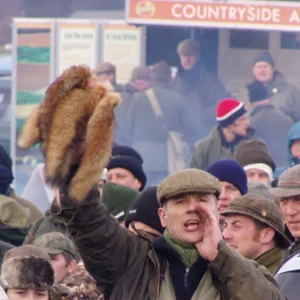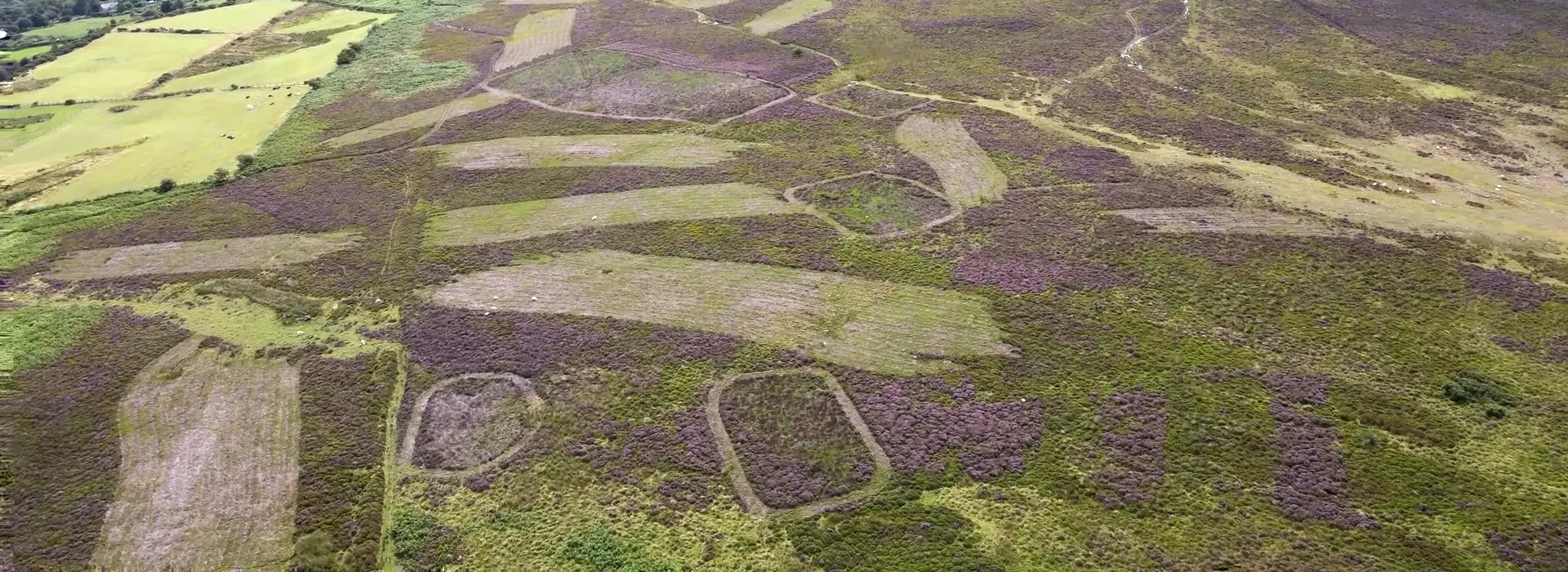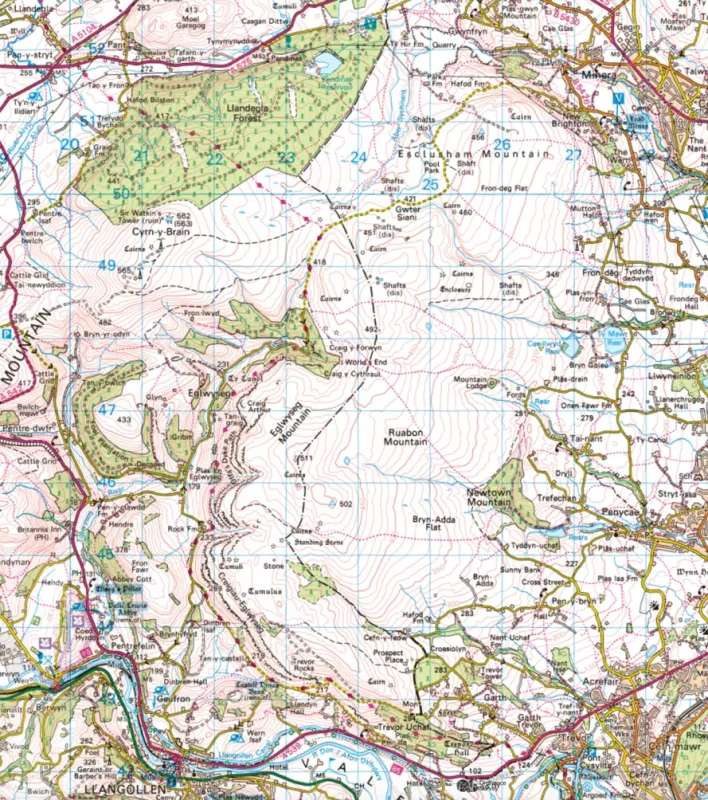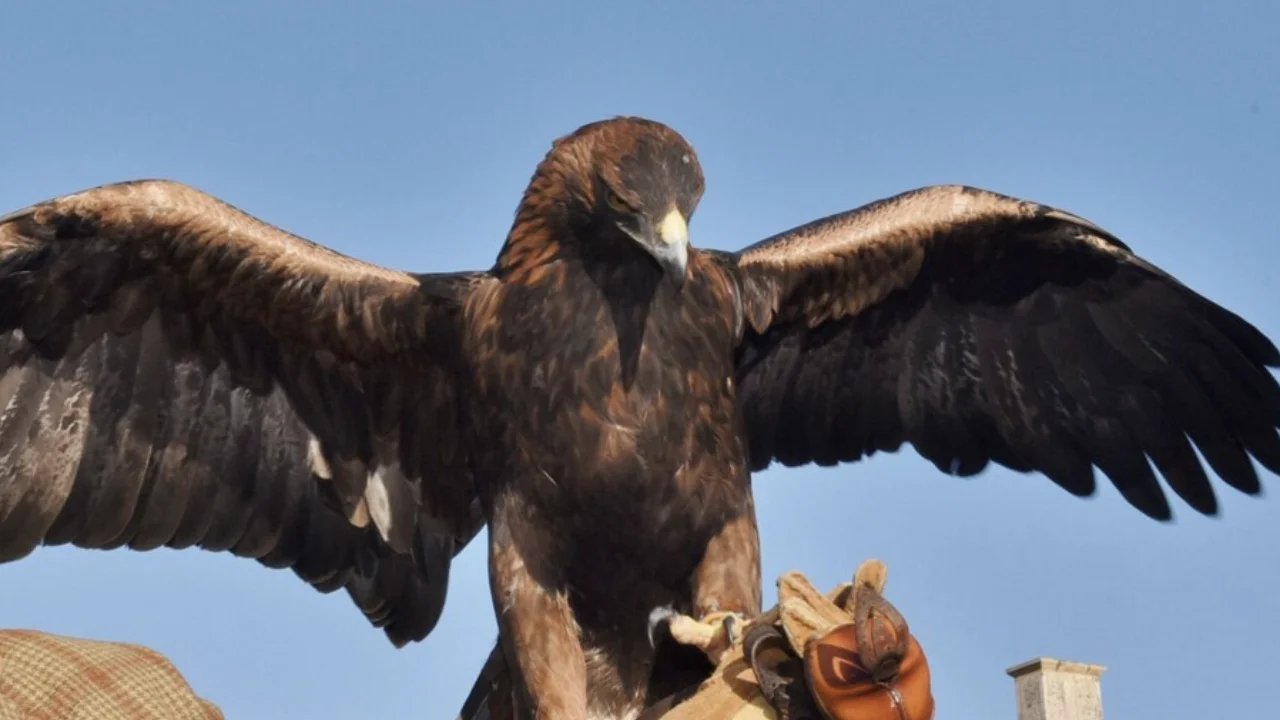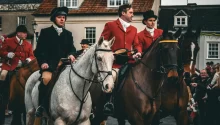A joint investigation by Wildlife Guardian and the National Anti Snaring Campaign into the notorious grouse moor.
Ruabon Moor has historically held the record for the greatest number of grouse shot per acre in the UK and is currently home to by far the largest population of black grouse in Wales. The site comprises 7,125 acres of predominantly dry heath with some blanket bog. It has been recognised as a Site of Special Scientific Interest (SSSI).
It incorporates Minera Mountain and Esclusham Mountain to the north, and Ruabon Mountain and Eglwyseg Mountain to the south. The Estate includes a 4-bedroomed gamekeeper’s house called Mountain Lodge.
On 28th July 2017 a new tenant was sought to manage the Estate for shooting. We assume one was found, as it was shortly after that there was a noticeable increase in wildlife persecution linked to the area:
- On the 9th February 2018 a tracked hen harrier named Aalin went missing on Ruabon Mountain.
- On 28th August 2018 a dead raven found on Ruabon Moor, near World’s End, was confirmed by the RSPB as deliberately poisoned – triggering a police investigation.
- On the 29th August 2018 a tracked hen harrier named Heulwen went missing at the northern end of the Estate near Llandegla Forest.
- On 24th September 2019 a tracker attached to hen harrier Bronwyn stopped transmitting on Ruabon Moor. The transmitter (no body) was retrieved 3 miles north 3 days later.
- In June 2020 we started to look at the moor, mainly to support a ban on snares.
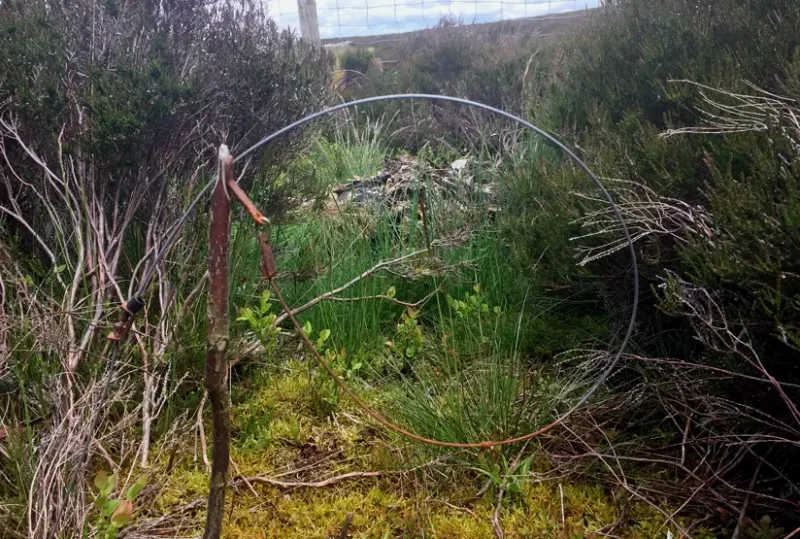
The Estate had generally adopted small fenced enclosures about 5mx5m containing a stinkpit located centrally and about 4 set snares, one near the fence at each side. We located numerous stinkpit enclosures, some had been interfered with. We also located a number of snares which had probably been forgotten about on random paths across the moor. The majority of these were not set properly but were more of tripping/tangle hazard than anything else.
We posted surveillance cameras at a number of the snaring sites and discovered that they were being checked on average about once every 3 days, and not every day required by law. The snaring however was only the tip of the iceberg and there were more legally dubious activities going on.
Pigeon coops in the middle of a grouse moor
Only 1km from the gamekeeper’s house we discovered two pigeon coops set in the base of a clough and away from any main track across the moor. We set up covert surveillance on the coops for a few weeks to see who was responsible for the coops and perhaps ascertain a reason for them being there.
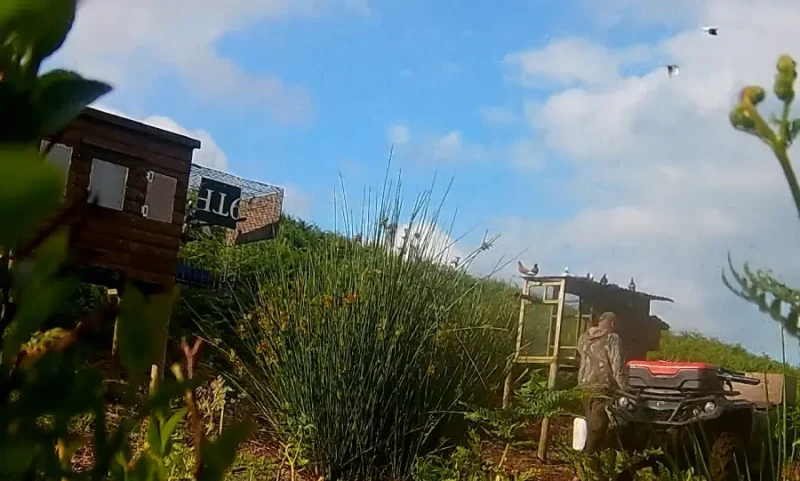
Some of the video is here: https://youtu.be/KxzbGbnfmNk. The heavyset male doing most of the talking was identified as a gamekeeper for the Estate at the time. Although the audio is admittedly not great he does refer to “tumblers” – a specific behaviour of some pigeons which has been known to be exploited for baiting raptors.
This evidence was presented as part of a package to Welsh MPs and funnily enough, the coops have now been removed, although at the time of writing they are still visible on Google Maps.
Ruabon Mountain hawk type trap
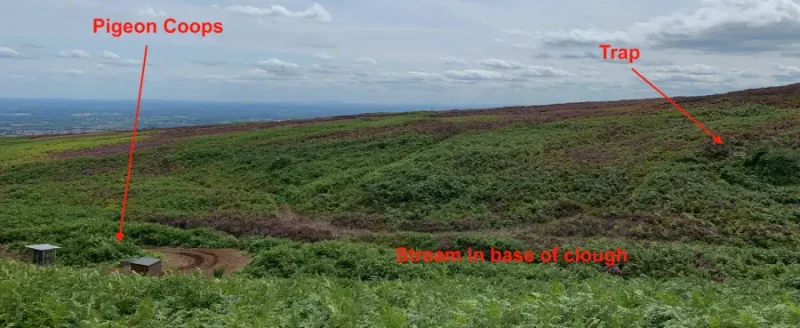
On the 12th August 2021 we returned to see if they shot there on the “Glorious Twelfth”. When we went to check on the coops, we found – less than 100m away – on the opposite side of the clough an unusual type of trap.
It had 3 distressed magpies in the bottom section with a gravity-powered top lid triggered by a large plate in the upper section. Under the base of the trap was a decomposing hare.
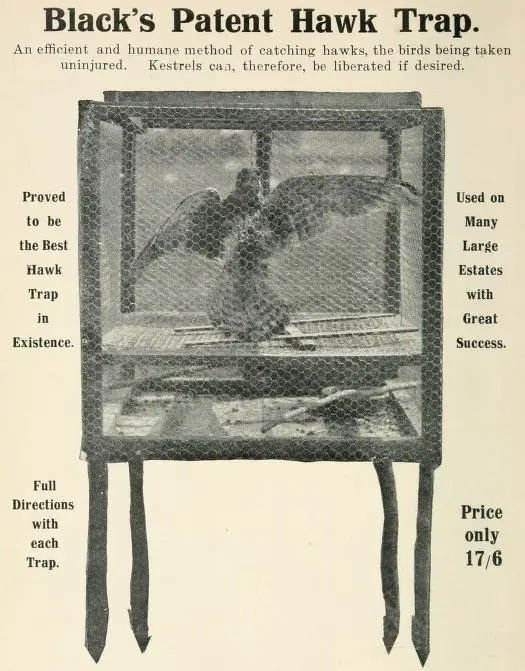
Further research on the trap showed it to closely resemble a “hawk trap” advertised as such at the turn of the 19th/20th century.
The 1908 advert for the Black Patent Hawk Trap boasts of its success in capturing sparrow-hawks and kestrels.
The maker claimed that it is, “the most simple, effective and humane hawk trap ever invented, and no keeper in charge of young pheasants should be without one.”
Set so close to the pigeons and stinking of decomposition, we can only speculate at what the gamekeepers were intending to trap but we know the species likely to be caught.
A quad bike as bait
We returned to look at the moor again this year. During investigation we saw a circling raptor in the distance and then 20 minutes later we discovered this parked quad bike. It was covered in camo netting but was strewn with dead birds.
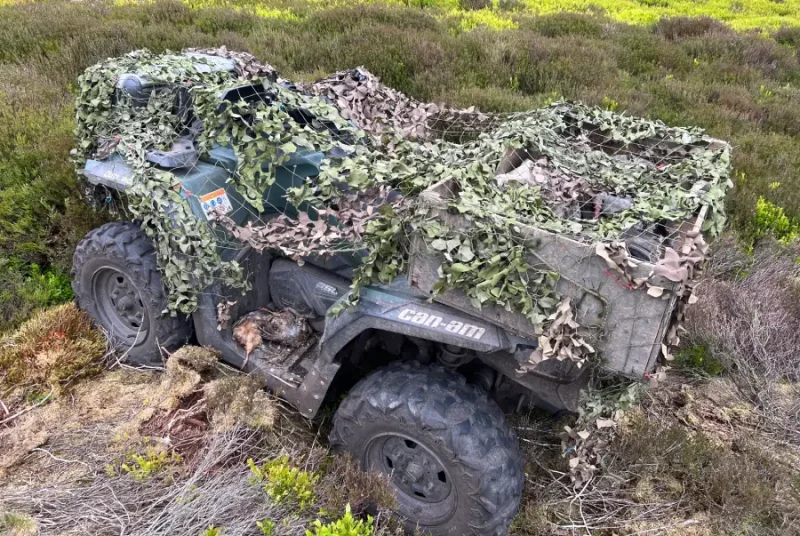
On stopping to photograph the quad bike a young gamekeeper popped up out of the heather perhaps 100m away. He offered no explanation of what he was doing and we moved off after a brief chat in order to report this to the RSPB immediately.
Two hours later the gamekeeper was observed on the same quad bike. He had two rifles with telescopic sights on his quad bike, one of which was fitted with a noise suppressor.
This is incredibly suspicious activity on this notorious moor especially with the hen harrier disappearances. In addition, to make the moor even more inhospitable to tree-nesting birds, there has been substantial deforestation. Felled trees litter the moors offering shelter to grouse, but not much else. They also block an access footpath – perhaps to discourage walkers?
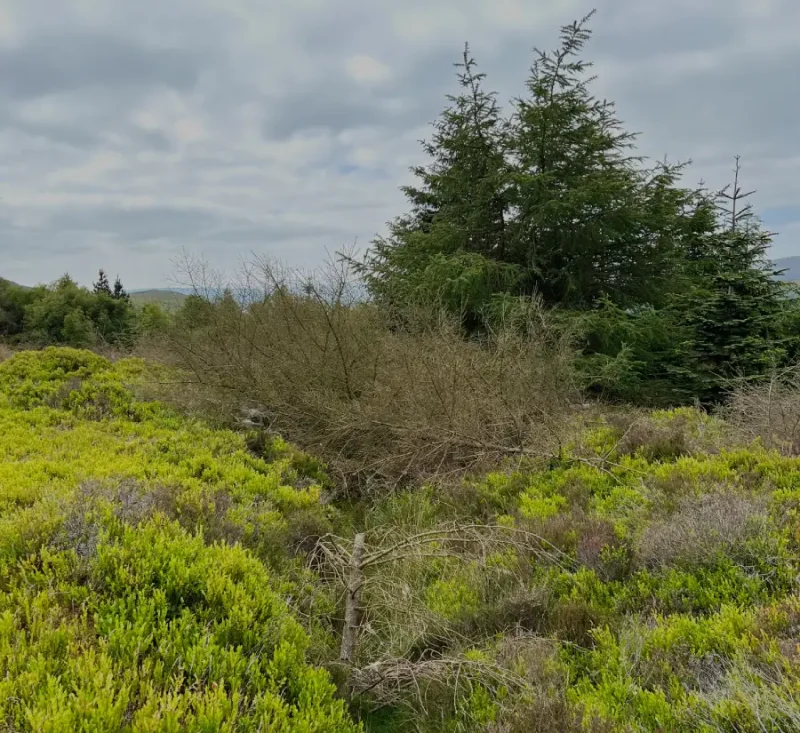
How can this be considered “conservation”? It is simply conserving an artificial and inhospitable landscape for the purpose of shooting grouse.
Please support the National Anti Snaring Campaign


